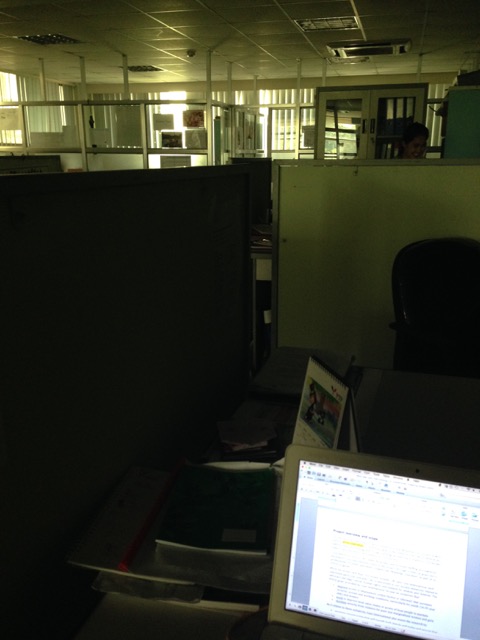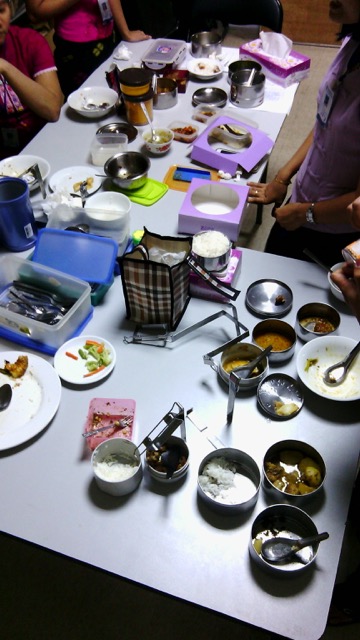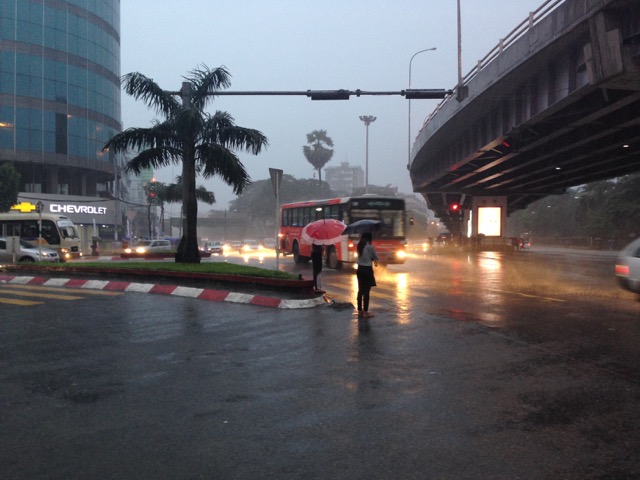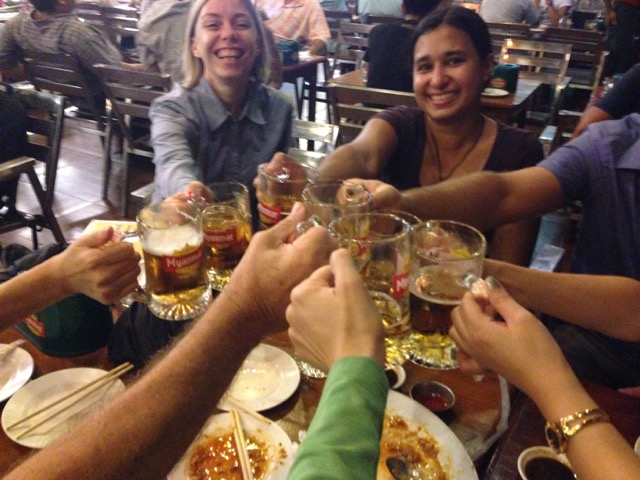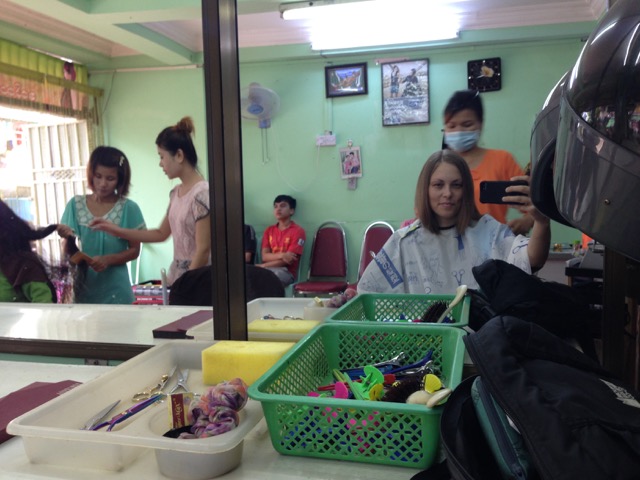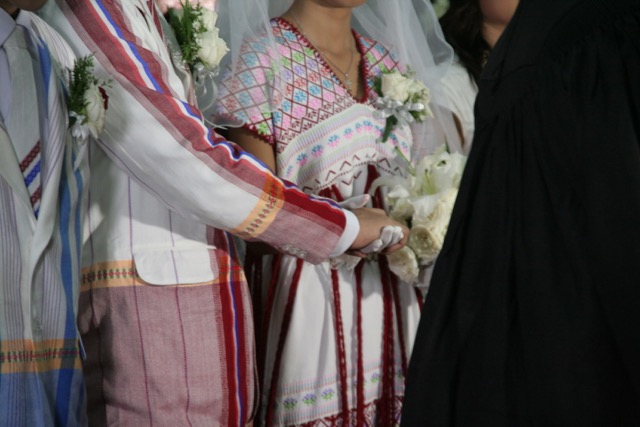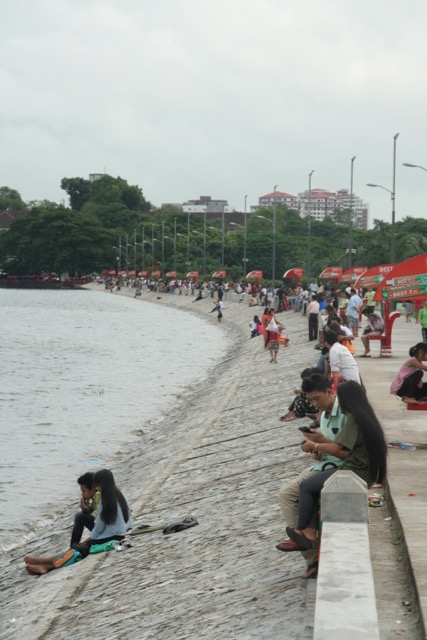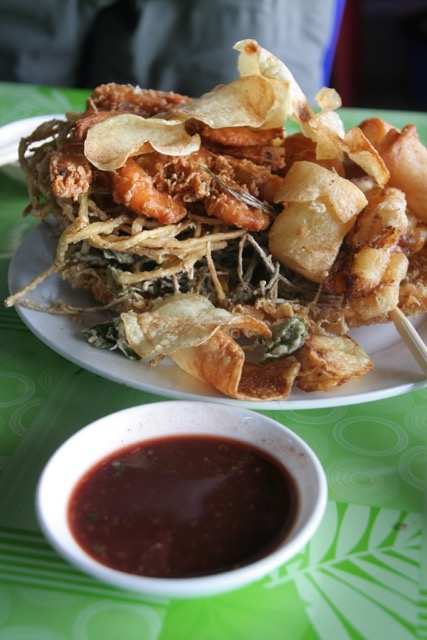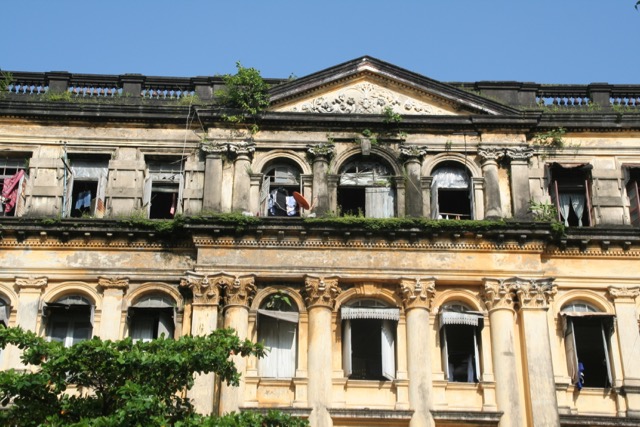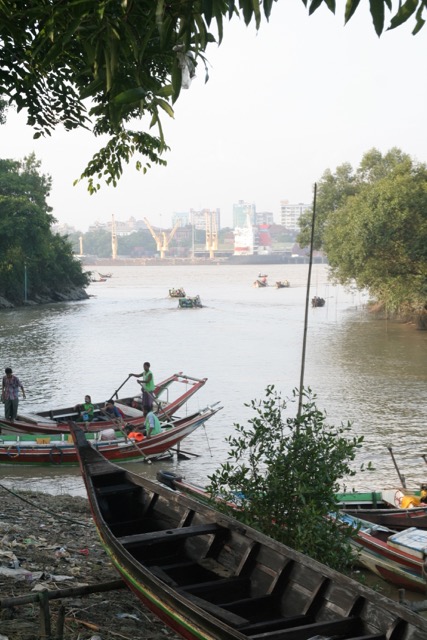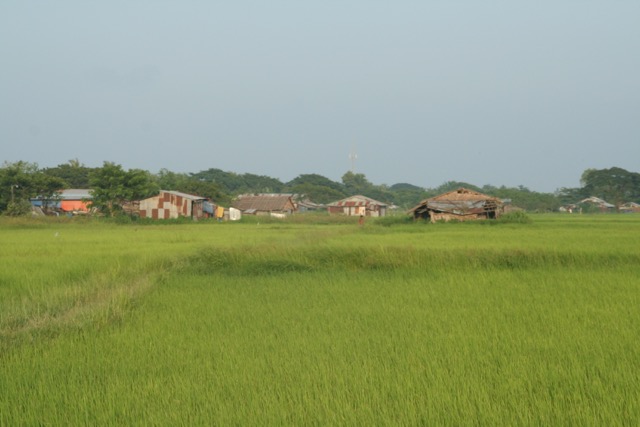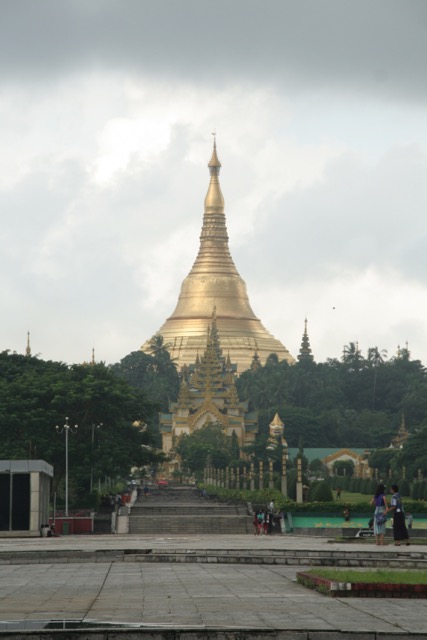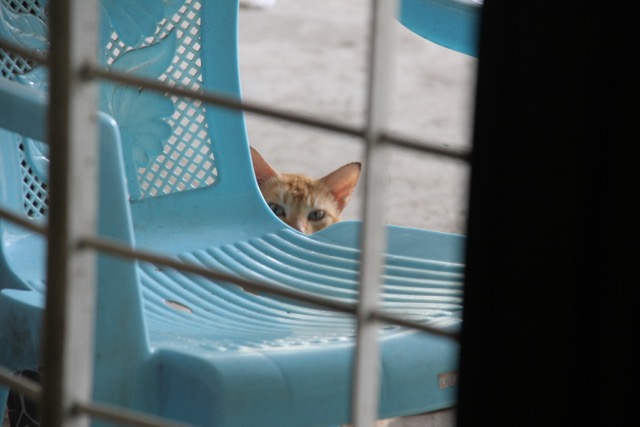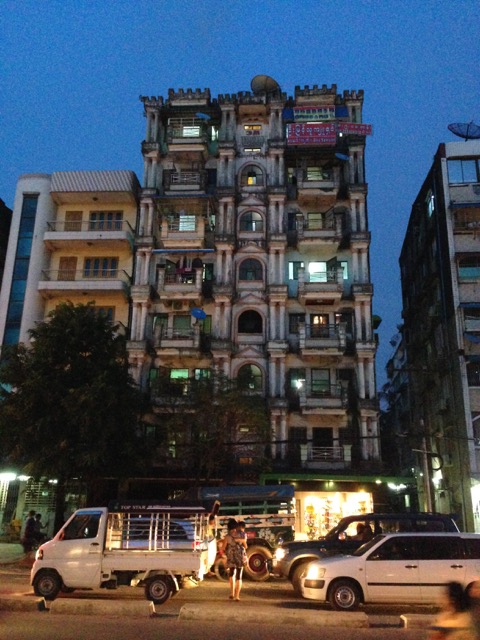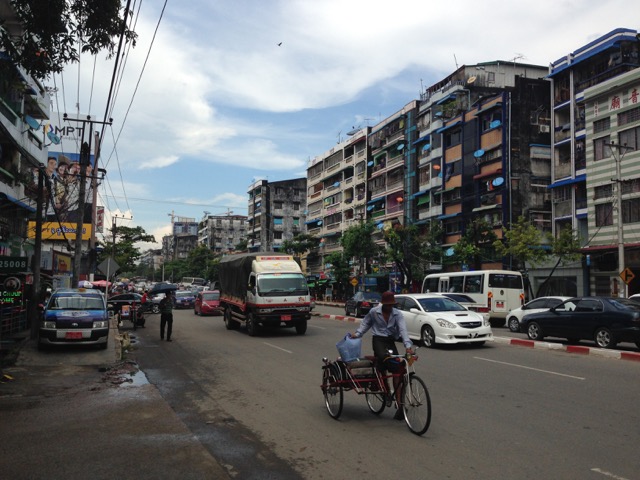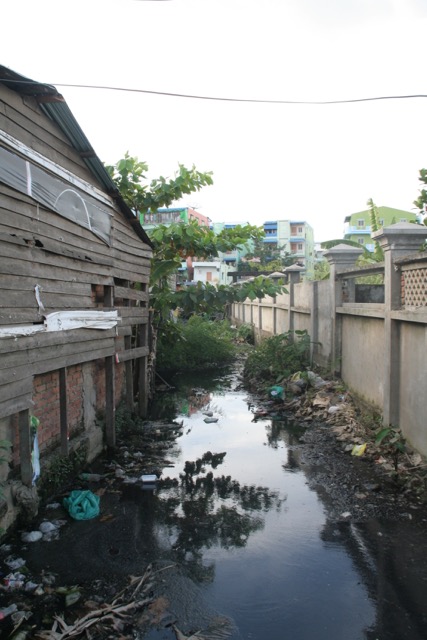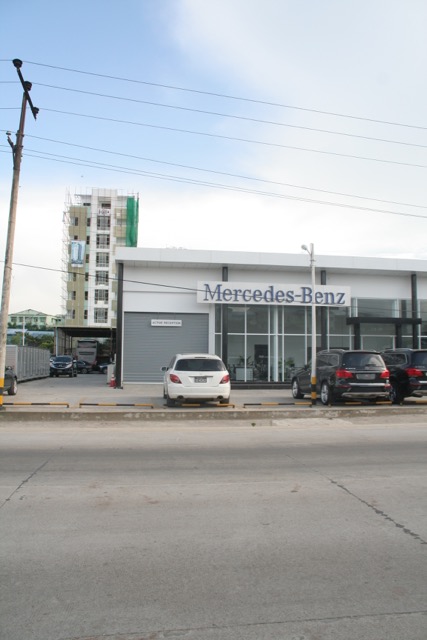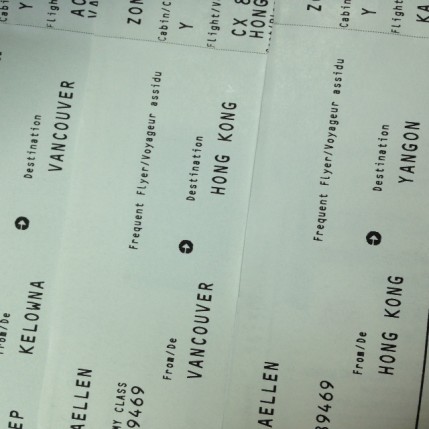Time is passing quickly, this post is a few weeks overdue! Here are some things that have filled my time.
My final week in Yangon
On my last Friday, I went out on the town, first for some roller coasters. People’s Park is the 3rd ride park I’ve been to that was developed by a socialist/communist dictatorship government (the first were in Turkmenistan and Kyrgyzstan). Maybe this is an experience I need to collect, like I collect haircuts and salons when I travel. I went with Erica, a new friend I met in my Myanmar language class. The rides look so simple and stupid, and then you get on and THEY ARE SO SCARY but also make you giggle too. After sunset we also enjoyed fantastic views of Shwedagon.
Later we joined Ivan, also from Myanmar class, at Seven Joint. A Jamaican bar, in Myanmar, with live music featuring the songs of Train, Pharell, and Bryan Adams. Let’s just say it was trippy.
I also went on a free walking tour of downtown Yangon, explored a few other areas of the city, and finally visited Shwedagon, possibly the main site to see in Yangon, and for good reason. Stunning. Peaceful. And free, fast wifi.

[Prettiest old building in downtown Yangon]

[Exploring neighbourhoods of Yangon]
Moving to Mawlamyine
This was the town I expected to be living in all along, but it made sense for me to spend my first bit of time in Yangon. Mawlamyine is the 4th largest city in Myanmar, but really it’s just a big town. No high rises, few apartment buildings. Lots of homes over stores, old houses. Interesting colonial architecture tucked in narrow alleys. A river front. Pagodas. MOTORCYCLES (there are none in most of Yangon…they are illegal on the road) and therefore fewer cars, which I love. Only a few traffic lights (I think I’ve seen 2). So much quieter.
I live with a roommate (another Cuso volunteer from Edmonton, placed with a different organization) in a two bedroom, one story small house in a little village outside of town, near the university. Think dirt roads, dogs, goats, the odd cow, burning piles of leaves, small market, university students living together and singing karaoke.
We’re slowly setting up house, figuring out our routines. Our water comes from a well on our lot, and all fixtures are gravity fed. We shower by pouring water from a small bucket over our heads. I usually treat myself and boil a bit of water to add to the large bucket, just to take a bit of the cold edge off. Lots of mosquitos, even with screens. About 8 different tile patterns used throughout the house on different floors and walls makes for visual interest. Very variable power supply (power goes off from 5 min to 36 hours at a time, the voltage changing dramatically over time) which makes for interesting fan air flow.
Still going to work
Still doing the same sort of work (though now I’m beginning to do more hands-on work – training community researchers and collecting data through interviews and focus group discussions). However, my days look much different. Let’s compare the two.
Yangon: 30min-1hr commute in heavy traffic on a 6 lane roadway by bus. Office with about 15 staff on the 3rd floor of an office building. Neat little neighbourhood on the way. A few other foreigners at the office. A great restaurant where I can get yummy veggie dishes with rice if I didn’t bring a lunch.

[My favourite corner on the walk to work]
Mawlamyine: <5min walk to work on mostly dirt roads. Office with 3 staff and 1-2 local volunteers. Office in an old house with beautiful wood floors and roof beams. No other foreigners at the office. Lunch options are fewer, but still yummy.
In addition to computer based work, I’ve also spent a bit more time in Mawlamyine helping my colleagues practice English, learn research methods, and have had a few meetings that really highlight the difference between civil society in big city Yangon, and civil society in more rural Myanmar.

[Our new office space on moving day (old office had flood problems)]
Connecting with the expat community in Mawlamyine
There seem to be about 20 foreigners living here, and I’ve met almost all of them. We have a Viber group (Viber is kind of like WhatsApp or Skype, a messaging/call app) to arrange plans, and we usually get together every Friday. It’s a very mixed group, with people from the US, UK, France, Switzerland, Japan, and more that I’m forgetting. Other times people based in Yangon come down for a few days of work and I’ve met a few of them as well. They’ve been very helpful in helping me learn about Mawlamyine (i.e. where to buy flour, cooking sauces, pasta, and other hard-to-find goods).
Celebrating the full moon in October AKA the Festival of Lights
On this holiday, people light candles in the evening (and line them up on their door steps, windows, fences, etc) and during the day time they take day trips. Amanda’s host organization invited us for a day tour, and about 8 of us spent the day visiting some of their friends, going to a temple on the ocean, visiting the busiest beach I’ve ever been on in my lifetime, checking out the Death Railway cemetery (appoximately 4000 Allied POWs died during the Japanese-led construction of this railway in southeast Asia. I’ve been to the other end, in Kanchanaburi, Thailand), and getting rained off the road.
Later in the evening I checked out one of the temples back in Mawlamyine and admired everything by candle light.
Election!
Watching the election process unfold here has been fascinating. I’ve written a post comparing the election here with the election in Canada, and I’ll share it soon so you can get more insight than what western media is sharing.
Have you every considered visiting Myanmar/Burma?





























